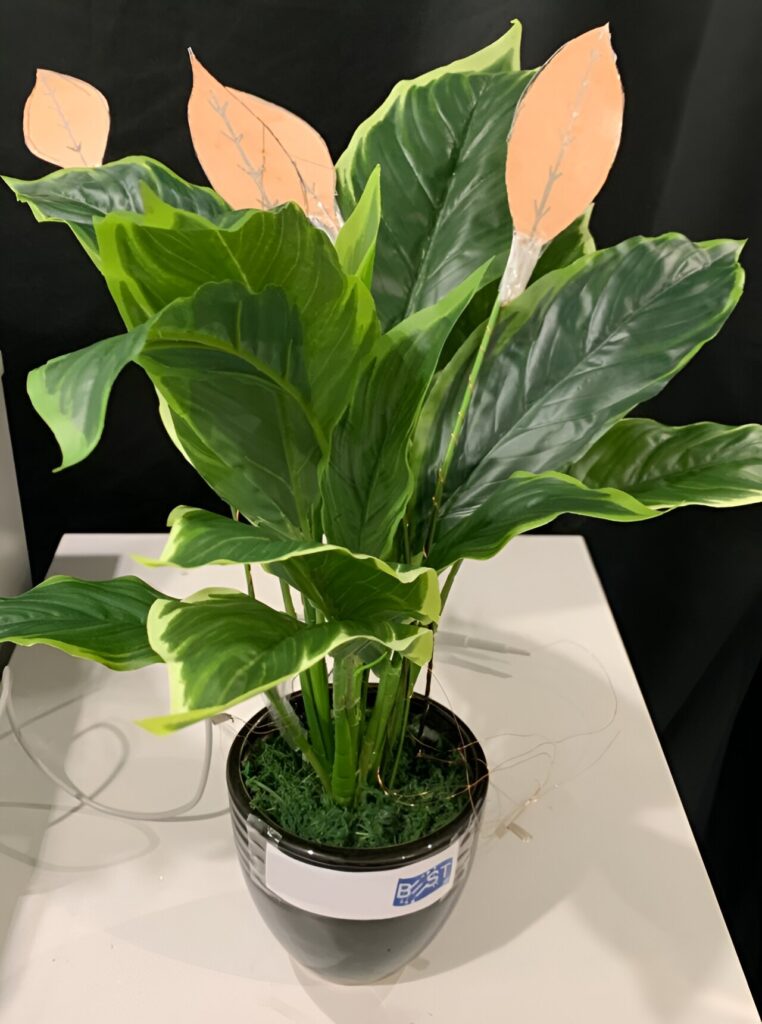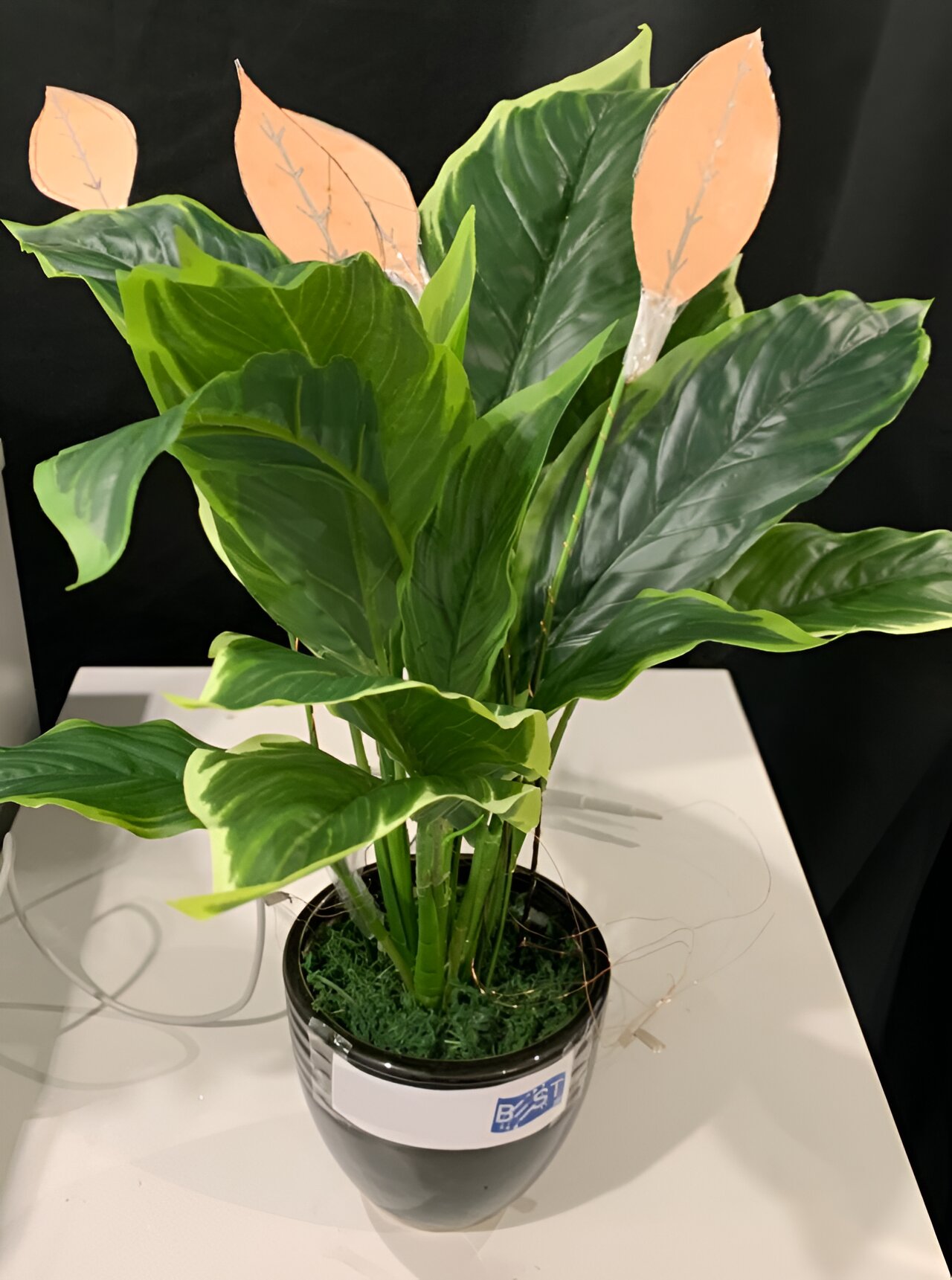Discover groundbreaking artificial “power plants” that harness energy from wind and rain. Researchers have developed leaf-shaped generators capable of producing electricity, offering a unique multi-source energy harvesting approach. Explore the future potential of these eco-friendly devices.
Advancements in energy harvesting take a revolutionary turn as researchers unveil artificial “power plants” capable of generating electricity from both wind and rain. This breakthrough, outlined in ACS Sustainable Chemistry & Engineering, introduces a novel concept that diversifies energy sources, offering potential solutions to the limitations of traditional methods.

Electricity generation traditionally relies on single-source methods such as solar panels or wind turbines, limiting effectiveness to specific conditions. Researchers, led by Ravinder Dahiya, have developed multi-source energy harvesters in the form of leaf-shaped generators. These generators incorporate a triboelectric nanogenerator (TENG) to capture kinetic energy from the wind and a droplet-based energy generator (DEG) to collect energy from falling raindrops.
The TENG comprises nylon nanofibers between layers of Teflon and copper electrodes. When these layers press into each other, static charges are generated and converted into electricity. The DEG, also made of Teflon, is waterproofed and equipped with a conductive fabric to act as electrodes. Raindrops hitting the electrodes create an imbalance in charges, generating a current.
Under optimal conditions, the TENG produced 252 V of power, and the DEG generated 113 V, albeit for short periods. Combining these technologies, the researchers mounted the DEG atop the TENG, incorporating leaf-shaped versions into an artificial plant. When exposed to simulated natural wind and rain conditions, these leaf-shaped generators successfully powered 10 LED lights in short flickers.
The development of artificial “power plants” signifies a significant leap towards sustainable energy harvesting. By capitalizing on both wind and rain, these generators present a diversified approach to address the intermittency issues associated with traditional renewable energy sources. The combination of TENG and DEG technologies showcases the potential for innovative solutions in clean energy production.
The integration of these leaf-shaped generators into an artificial plant adds a layer of aesthetic and functional appeal. Mimicking the structure of natural leaves, these devices not only demonstrate technological prowess but also open the door to creative applications in urban and natural environments.
The importance of multi-source energy harvesting cannot be overstated, especially as the world seeks resilient and sustainable energy solutions. The capability to generate electricity from both wind and rain broadens the scope of renewable energy, overcoming limitations posed by weather-dependent methods. The proof-of-concept presented in this research hints at a future where artificial “power plants” could contribute significantly to clean energy production.
The potential scalability of these devices raises intriguing possibilities. Larger systems or networks of such artificial “power plants” could be envisioned, creating a decentralized and environmentally friendly energy infrastructure. This not only addresses current energy challenges but aligns with the global push towards cleaner and more sustainable alternatives.
In conclusion, the development of artificial “power plants” marks a milestone in energy harvesting technology. The successful integration of TENG and DEG technologies into leaf-shaped generators demonstrates the feasibility of generating electricity from both wind and rain. This breakthrough not only addresses the limitations of traditional single-source methods but also introduces a visually appealing and eco-friendly solution.
This analysis is based on information from ACS Sustainable Chemistry & Engineering, providing insights into the innovative development of artificial “power plants” that capitalize on wind and rain to generate clean and sustainable energy.



